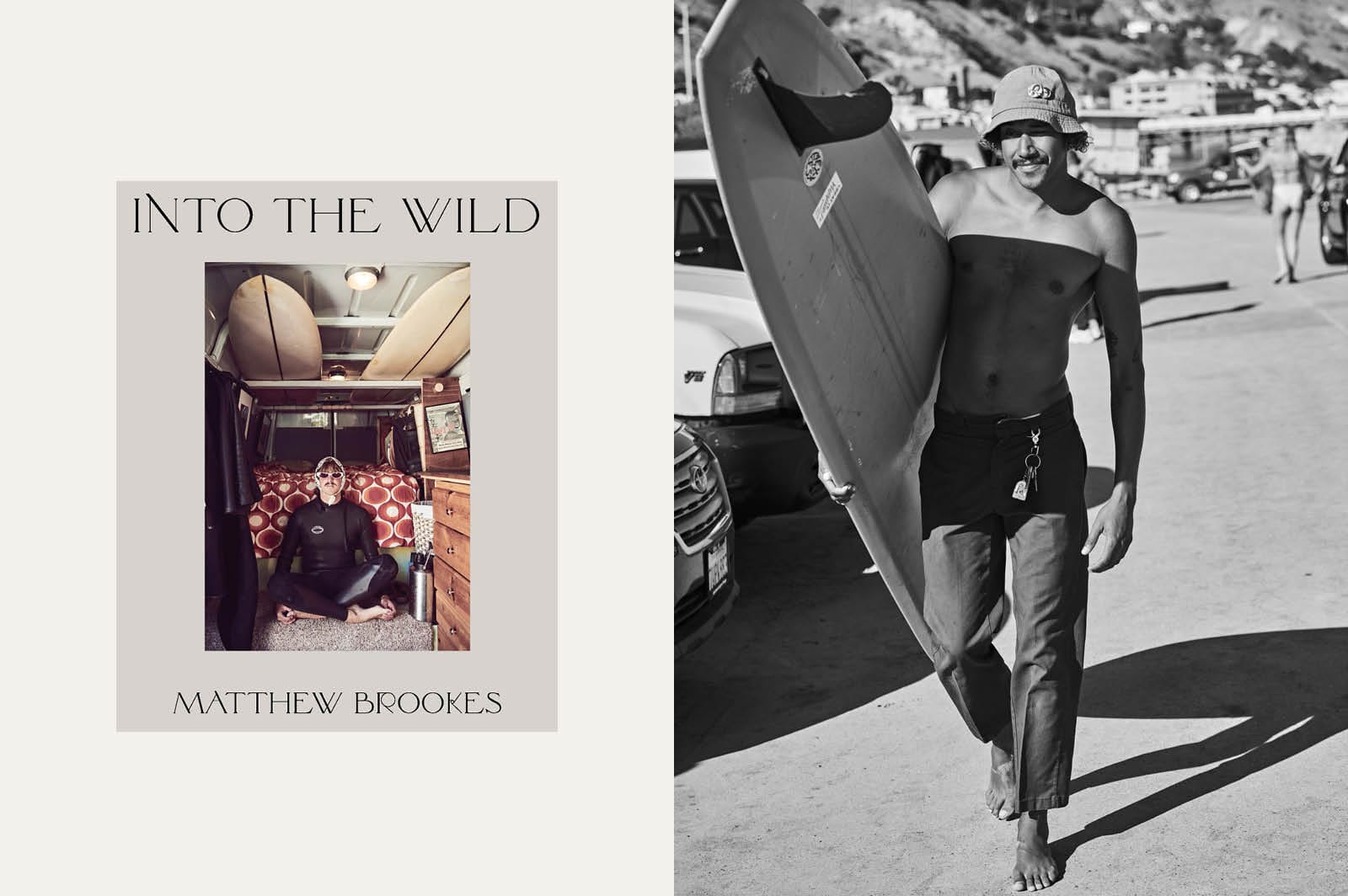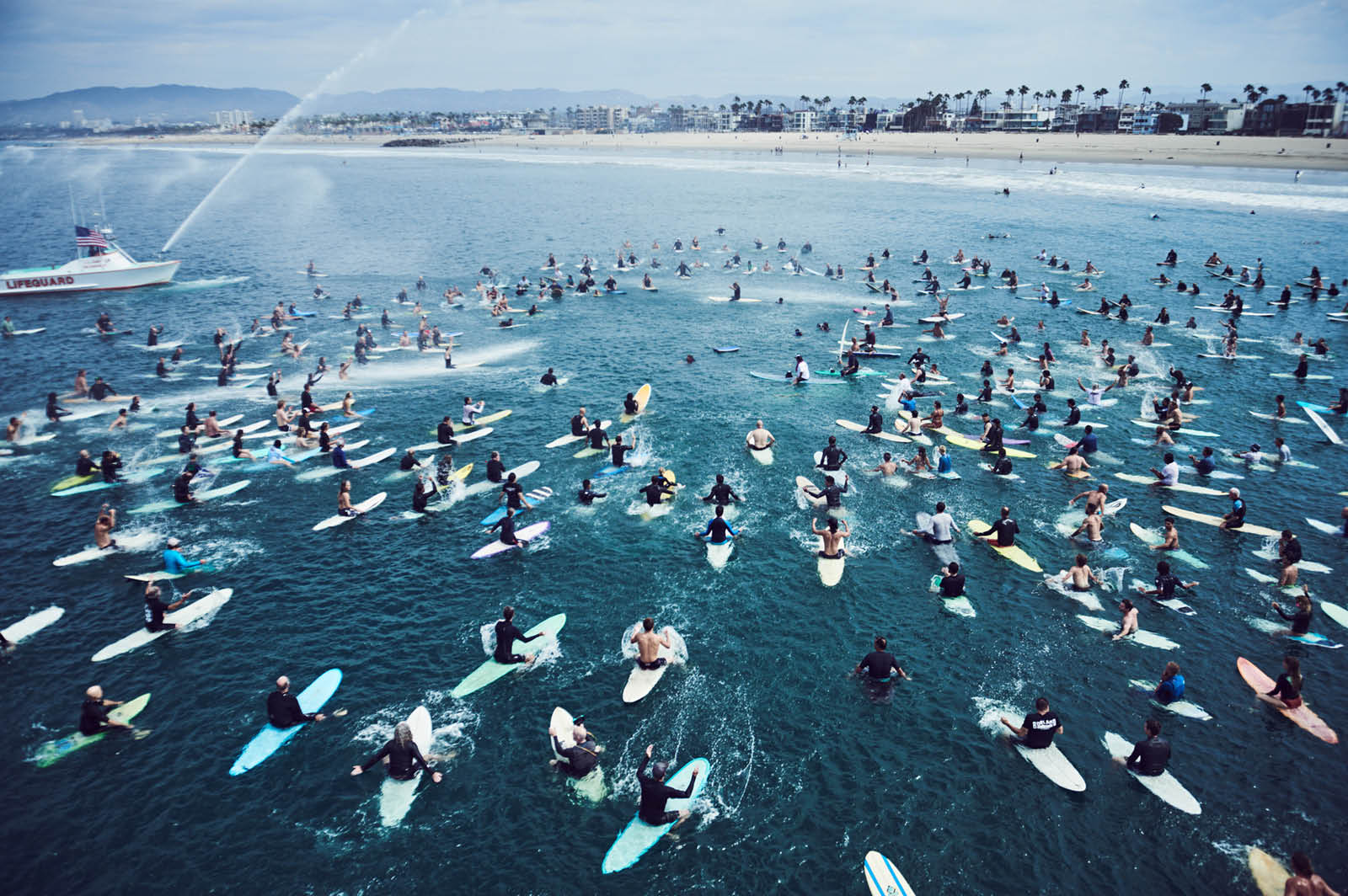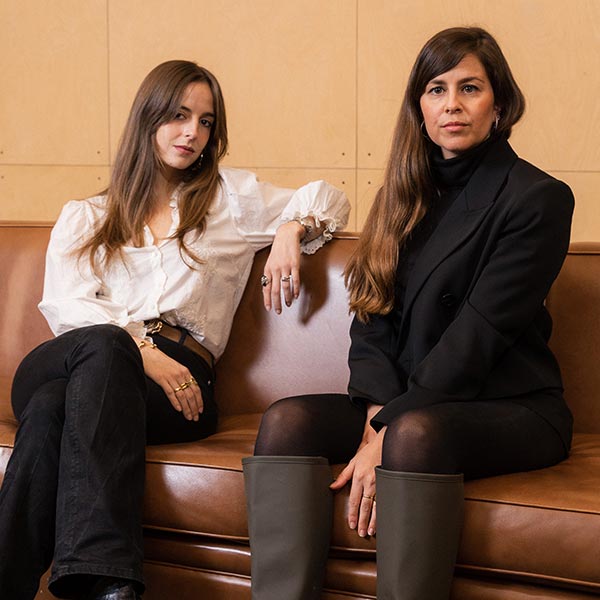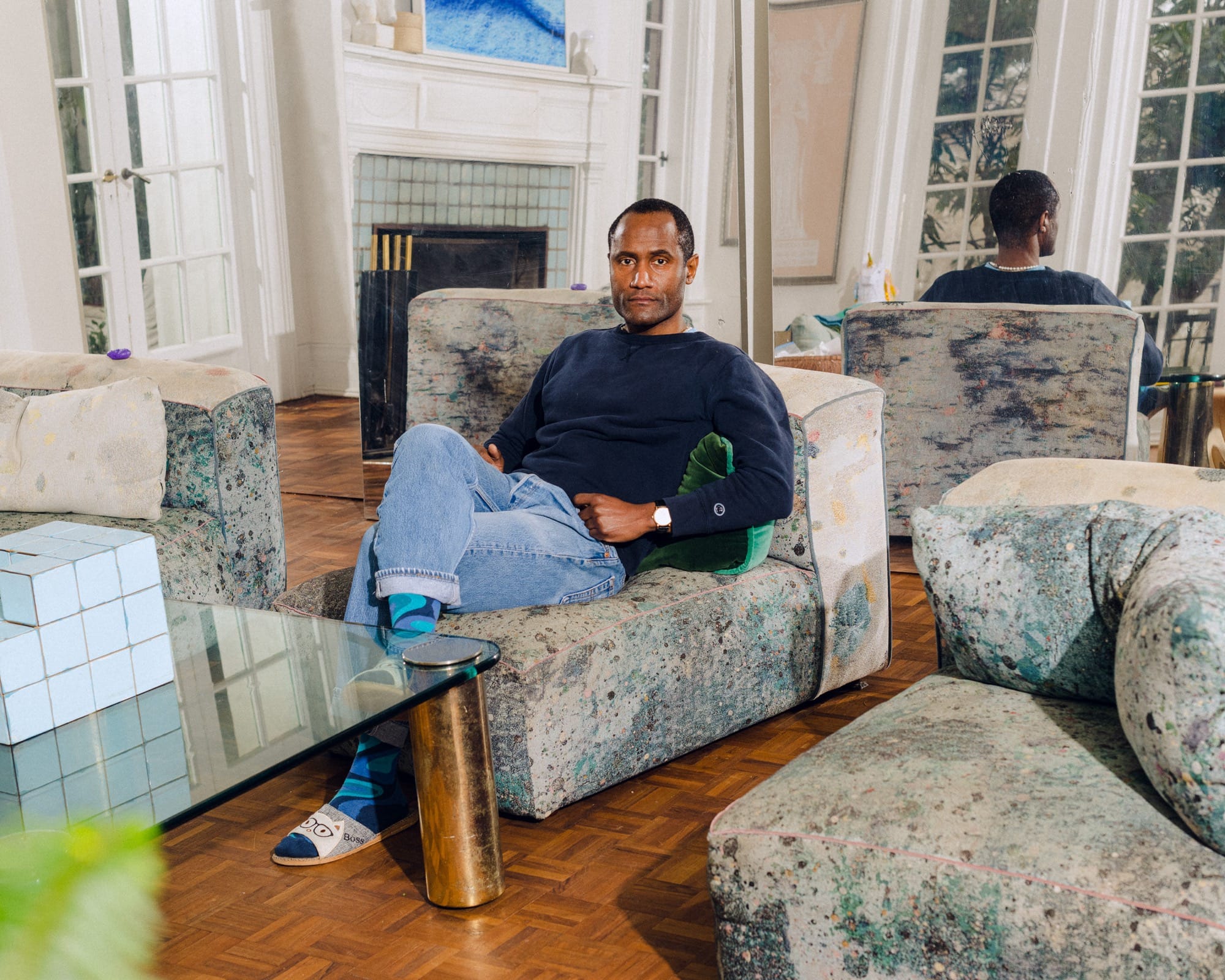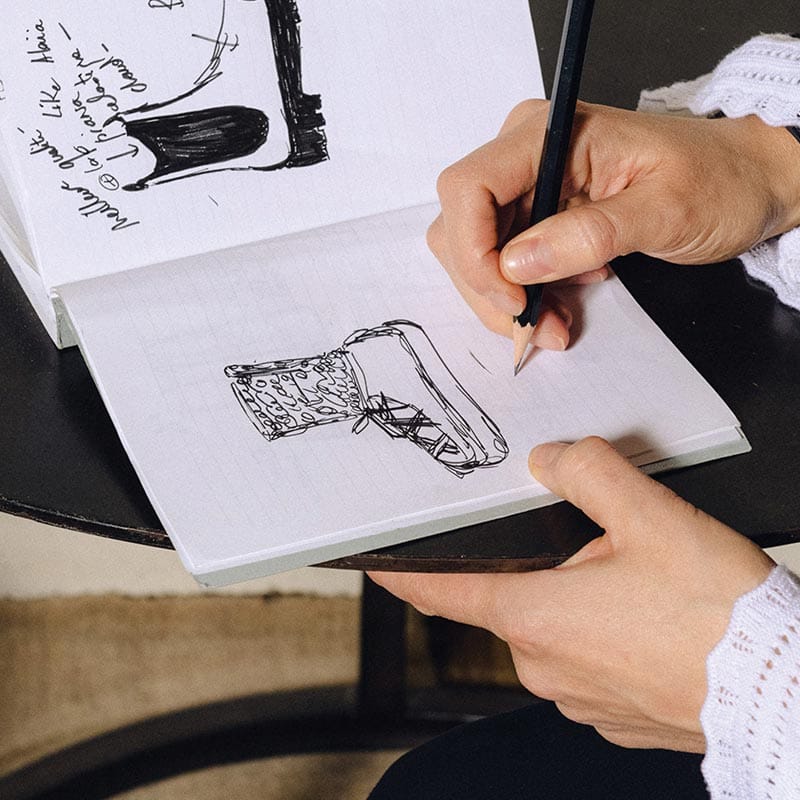A self-taught photographer who shoots covers with some biggest names in fashion and entertainment, Matthew Brookes has always had an eye for self-selecting communities and tribes. His 2015 book, Les Danseurs, trained his lens on the dancers of the Paris Opera Ballet. When Brookes landed in Venice Beach during the pandemic, he found himself drawn into the world of young surfers he found congregating in the beach parking lots and out on the waves. Brookes struck up a friendship with a young surfer, who introduced him to his friends, which, many road trips later, evolved into his latest project Into the Wild, a new monograph that straddles the line between fashion and documentary, exploring Venice Beach’s youth culture through stylish, eccentric images of fresh-faced surfers immersed in their natural element. As NeueHouse prepares to open in Venice Beach, Brooke’s work exploring this vital, spirited community caught our eye, so we caught up with the globetrotting photographer during a recent visit to the neighborhood to hear more about how the book came to be.
Join the new home for Venice Beach’s creators, innovators, and thinkers. Apply now to become a NeueHouse Venice Beach Salon member, and get access to our celebrated cultural events, restaurants, and bars, plus 10 working days access per month.
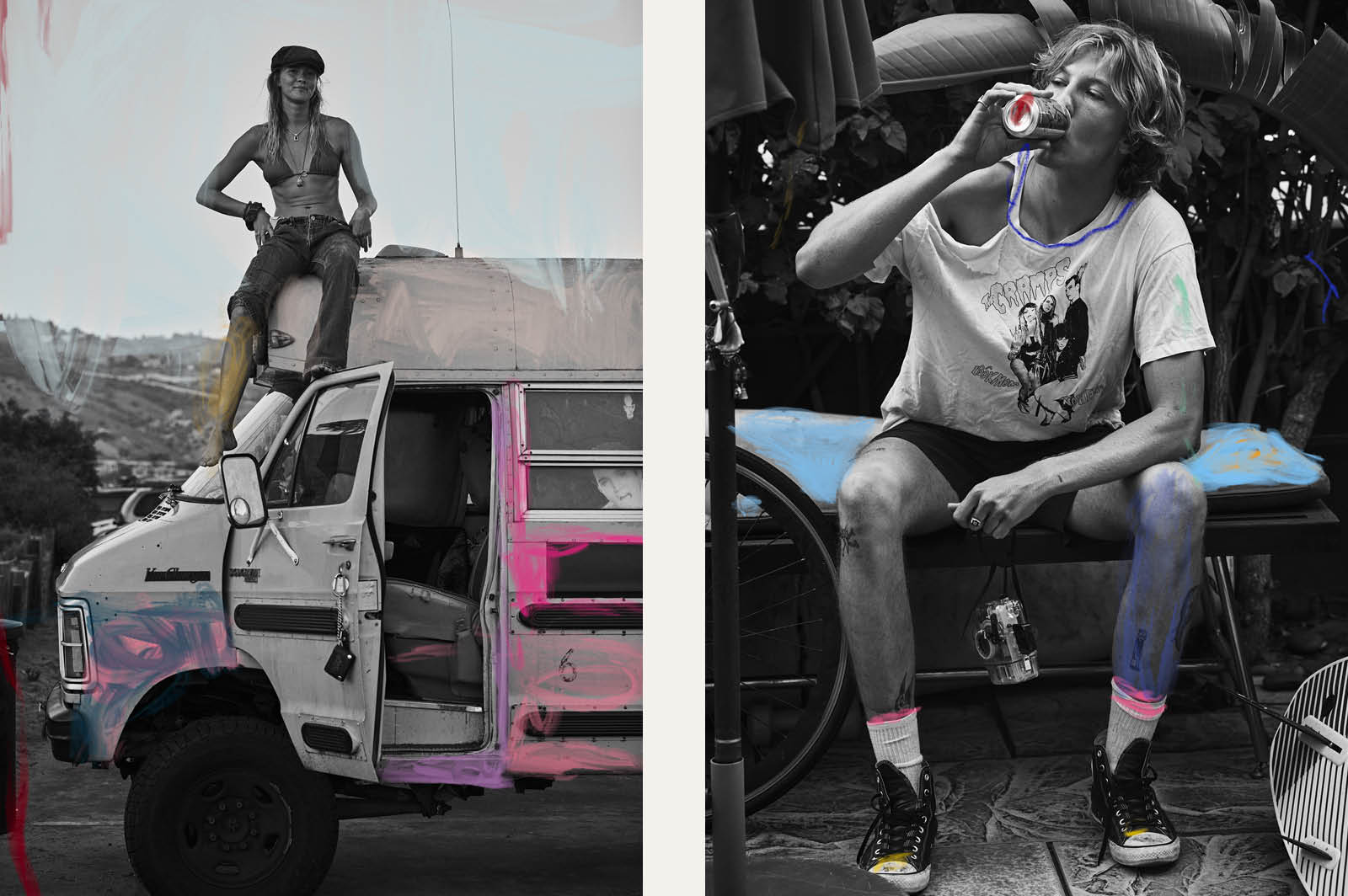
NEUEJOURNAL:
What brought you to Venice Beach?
MATTHEW BROOKES:
I came here last January and spent six months here, but I got really embedded in the community. I didn’t get a car so I was just on a bicycle — I met a lot of the locals and started photographing the surfers. Venice is such a tightknit crowd so you just end up meeting everybody. It’s such a great place. I love the locals here. They’re really a very friendly bunch.
NEUEJOURNAL:
So it was just riding around on your bike meeting people and going from there?
MB
Yeah, that’s how my book got started. I started taking pictures of locals and then came across one surfer and noticed that he lived out of a van. I saw this mattress and I saw the surfboards and the skateboards and everything and was like, do you travel around in your van? And he said, no, I live out of my van. And I was like wow, is that a thing out here? He said he has loads of friends who live like that. He then introduced me from friend to friend and surfer to surfer and the whole project snowballed. It was incredible. Most of the guys and girls got their vans during Covid, so it was an interesting study of how Covid has changed the way people want to live their lives, or how they want to be more free.
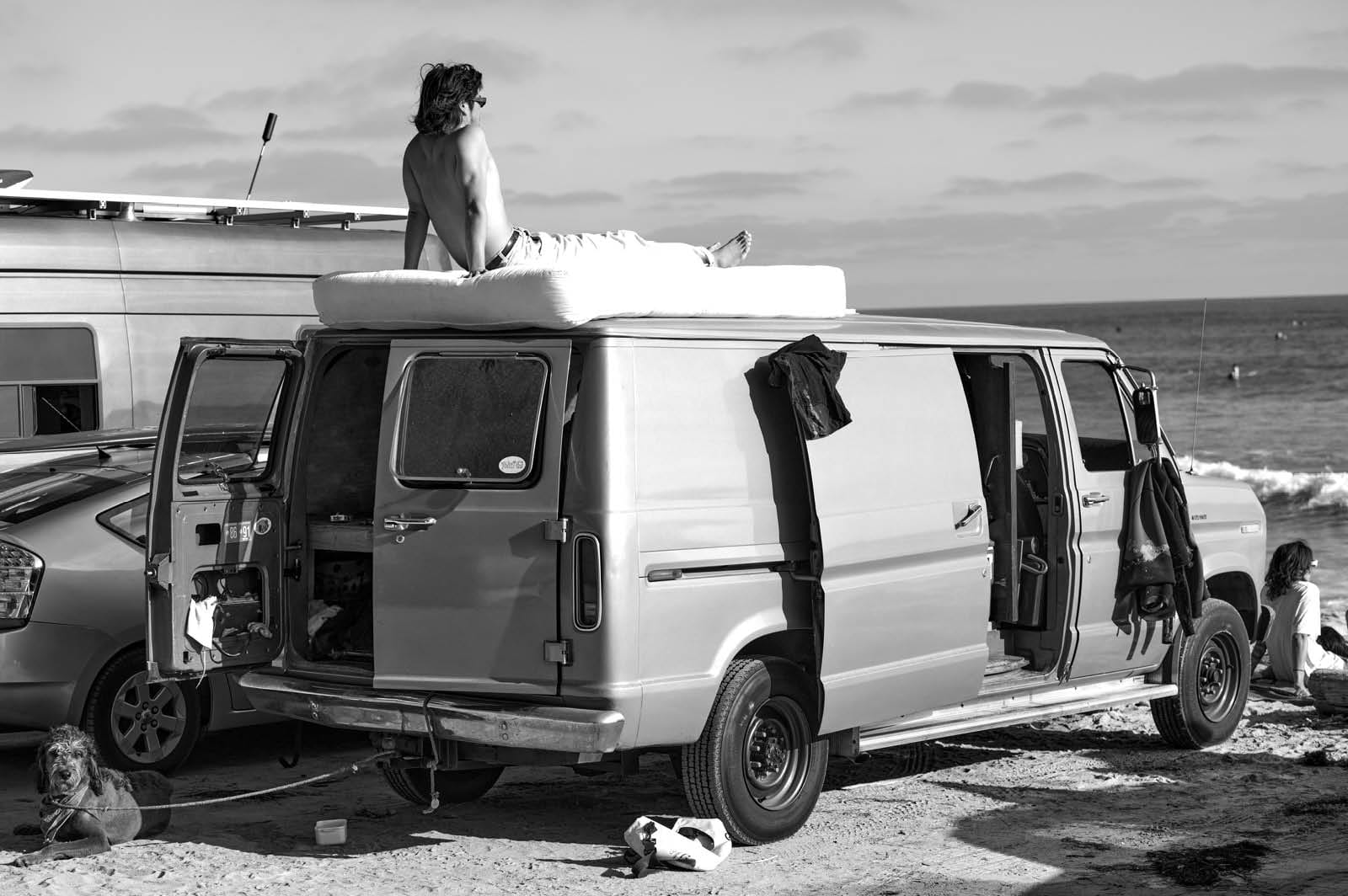
NEUEJOURNAL:
How much exposure to surf culture did you have in South Africa? Or was this a new world to you?
MB
When I went to high school we moved to a surf town, maybe not like Venice Beach but more like Malibu. All the kids in school were surfers. The ocean there is very, very rough, and by the time they’re in high school, the kids are, like, semi-pro. They don’t even let you in the water as the new kid in town. They’re very territorial. I suppose later on in life I still am [intrigued by that world]. I always get into projects where I’m semi-familiar with the world that I’m shooting, but also know nothing about it — it piques my curiosity about how these subcultures work.
So many photographers have taken on [surfing] and done it so beautifully. This was more about this kind of subculture within the surf community. They dress differently, they live differently, they’re almost like the outcasts, but then they’re completely accepted in the surf community. Let’s just say they’re the art crowd in school.
NEUEJOURNAL:
How did you come to understand this tribe and how they go about their lives in order to pursue this interest? What drives them, do you think? Is it the community, is it the lifestyle?
MB
It’s definitely a lifestyle choice. These guys were not lost —just more free-spirited and had a different view on what was important in life for them. They all had part-time or full-time jobs—working in surf shops, shaping boards, coaching—jobs around Venice. And then on their days off they go surf, or wake up next to the ocean and surf before work. It’s a nomadic lifestyle that revolves around the waves.
“I like that there’s a kaleidoscope of different cultures that live together there. The rich and the poor and the artistic—it feels very alive in influences.”
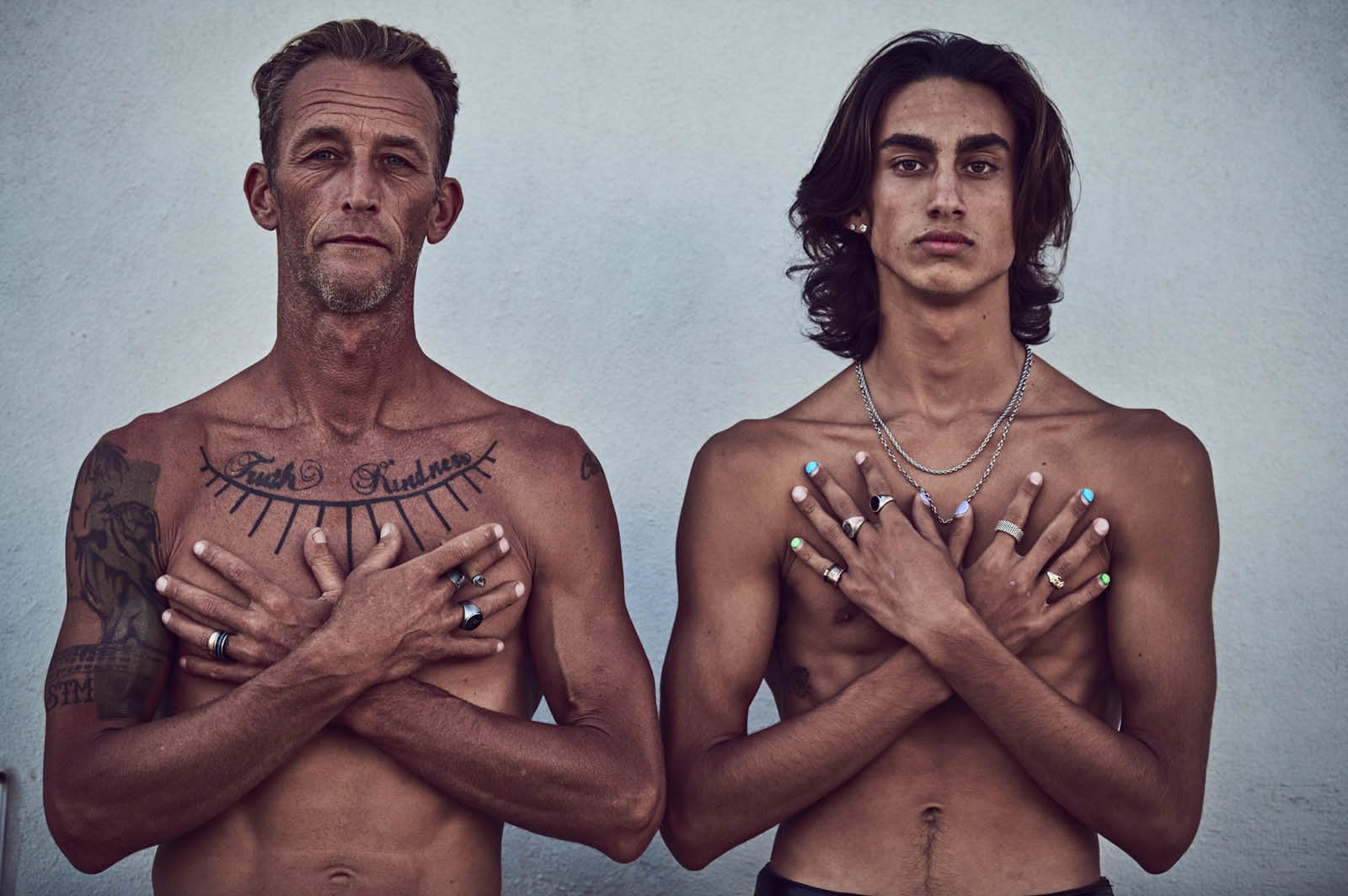
NEUEJOURNAL:
Venice is obviously a unique place. It’s at the edge of the country, the edge of the city. There’s surf culture and skate culture, and it’s just got an interesting way of life. Do you find that as well?
MB
I think honestly Venice Beach is one of the most interesting places I’ve ever been in the world —and I travel a lot. I love the fact that it’s gritty. It’s almost got that New York grit, but next to the ocean and with a California lifestyle all mixed together. I like that there’s a kaleidoscope of different cultures that live together there. The rich and the poor and the artistic—it feels very alive in influences.
As an artist I find this place really inspiring. You can walk around the boardwalk and it’s like a circus but at the same time there’s a beauty in it. There’s a poetry in it. It’s almost like everybody is accepted here no matter what — you can’t be crazy enough. I think that’s the wonderful thing about Venice. It’s a very happy vibe. Somehow this place feels beachy, but also it feels urban and homey and cool. Not many places in the world have all those those things in one place. I’ve only seen it at Venice Beach.
NEUEJOURNAL:
It sounds like you found the artistic community to be very supportive and connected. Are these artists or are they people from different creative fields that converge there?
MB
There’s definitely a big art community here. You’re almost surrounded by it. When I was in the Venice Art Crawl last year, [its organizers] were like, “Oh, yeah, you’re a new guy in town, do you want to do an exhibition? Let’s see your work.” There is a real sense of community here in the art sphere. I really felt welcomed as a photographer and as an artist.
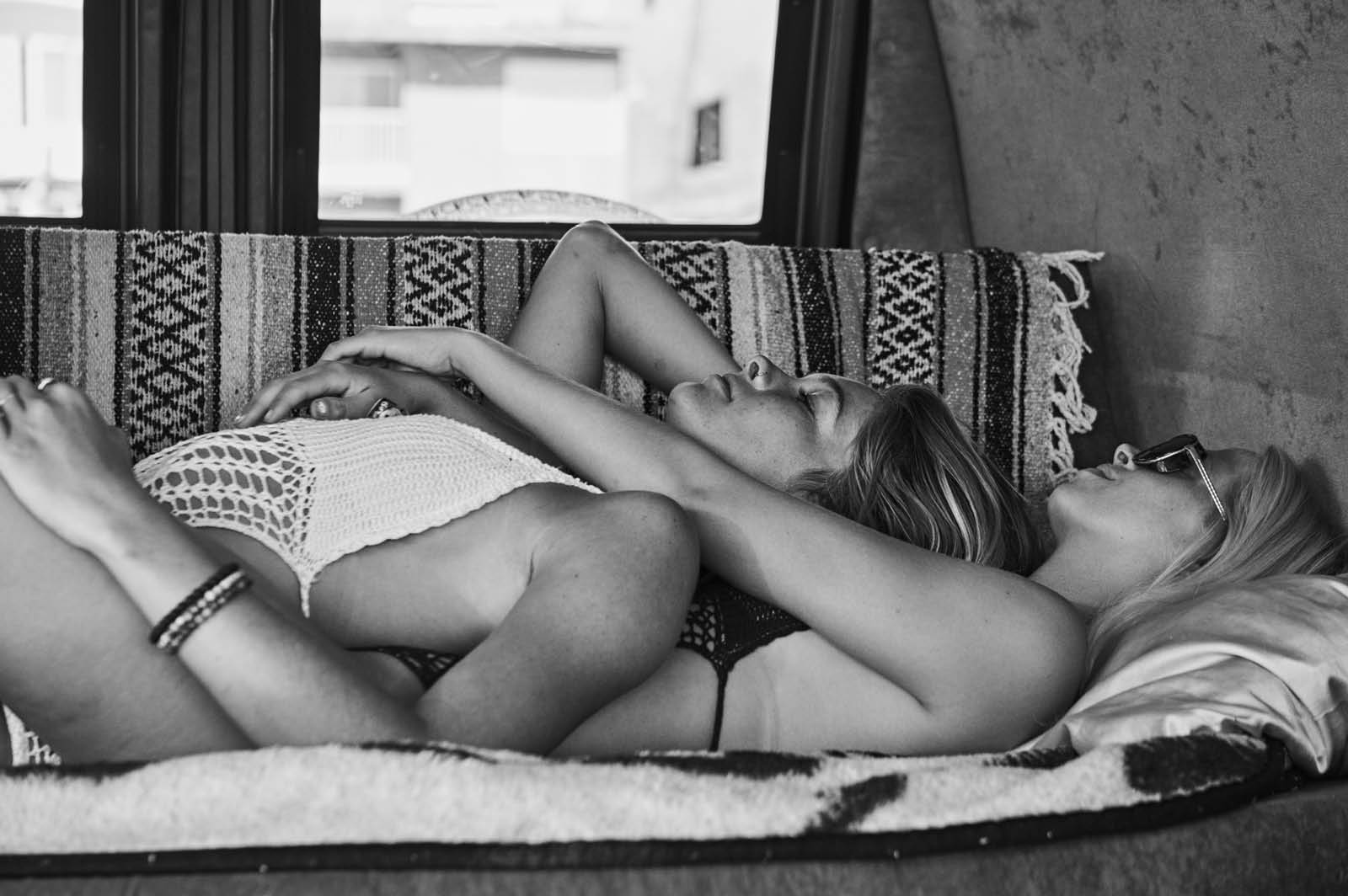
NEUEJOURNAL:
How did you approach shooting this project? You’ve obviously done super high-fashion, very carefully and meticulously styled things, and this project is more documentary in nature, but it also has a stylish aesthetic to it. How did you go about it?
MB
It was very much from a documentary point of view, but my fashion head got in there as well, just naturally. It was about documenting these people in their world, trying not to put too much of my own influence in there, and just capturing them as they were: surfing, hanging out in the parking lot with their friends. The stylistic point of view comes more from the people. They have a particular way of dressing, and a very particular style, which had nothing to do with me. It was a very nice way to discover a culture that I knew nothing about.
NEUEJOURNAL:
Is there an overlap between the surf culture and the skate culture? Or do they tend to keep separate camps?
MB
When it comes to professional surfing, it seems to be more distant. But the guys that were living out of vans were skaters and surfers. A lot of the guys that I was photographing were actually skaters in the beginning and then became surfers. Or they got injured when they were skating and then they needed to find something else that was easier on the body, so they ended up getting into surfing. But it seems like for each of them— whether they had been skaters before or not—surfing was their thing in the end.
NEUEJOURNAL:
How did they react to you? Were they receptive? Indifferent? Interested?
MB
I would say they were very inviting, which was kind of surprising to me because the surf cultures I’ve mixed with in South Africa were very exclusive and did not want to mix with anybody else, except other surfers. With these kids, once I was introduced to their group and they would see me arrive with one guy, they all became interested in the project.
I also found that when I was walking around in Venice Beach. Everybody was very open to being photographed, which is a very different attitude to what I’ve noticed in other parts of the world right now. It seems like if you take a camera out, most people get very suspicious and they’re like, what are you doing, what is it going to be used for, where is it going to go? Here it seems like people were just like “Oh, take my picture. Take my picture,” and they were very open. I found that very unique. And as the project continued, they would invite me on their surf trips. They’d say, “Oh, the swell’s good down here, let’s go down to San Diego this weekend,” and I’d just get in one of the vans and they’d go down in a convoy. I’m not a surfer, so I was very surprised that they would trust me and take me in like that. When I asked them why they said, oh, you just seemed so into your project, so we were into it too. It was definitely a great experience and a great crowd of people. The whole surf crew, whether they were in vans or not in vans.
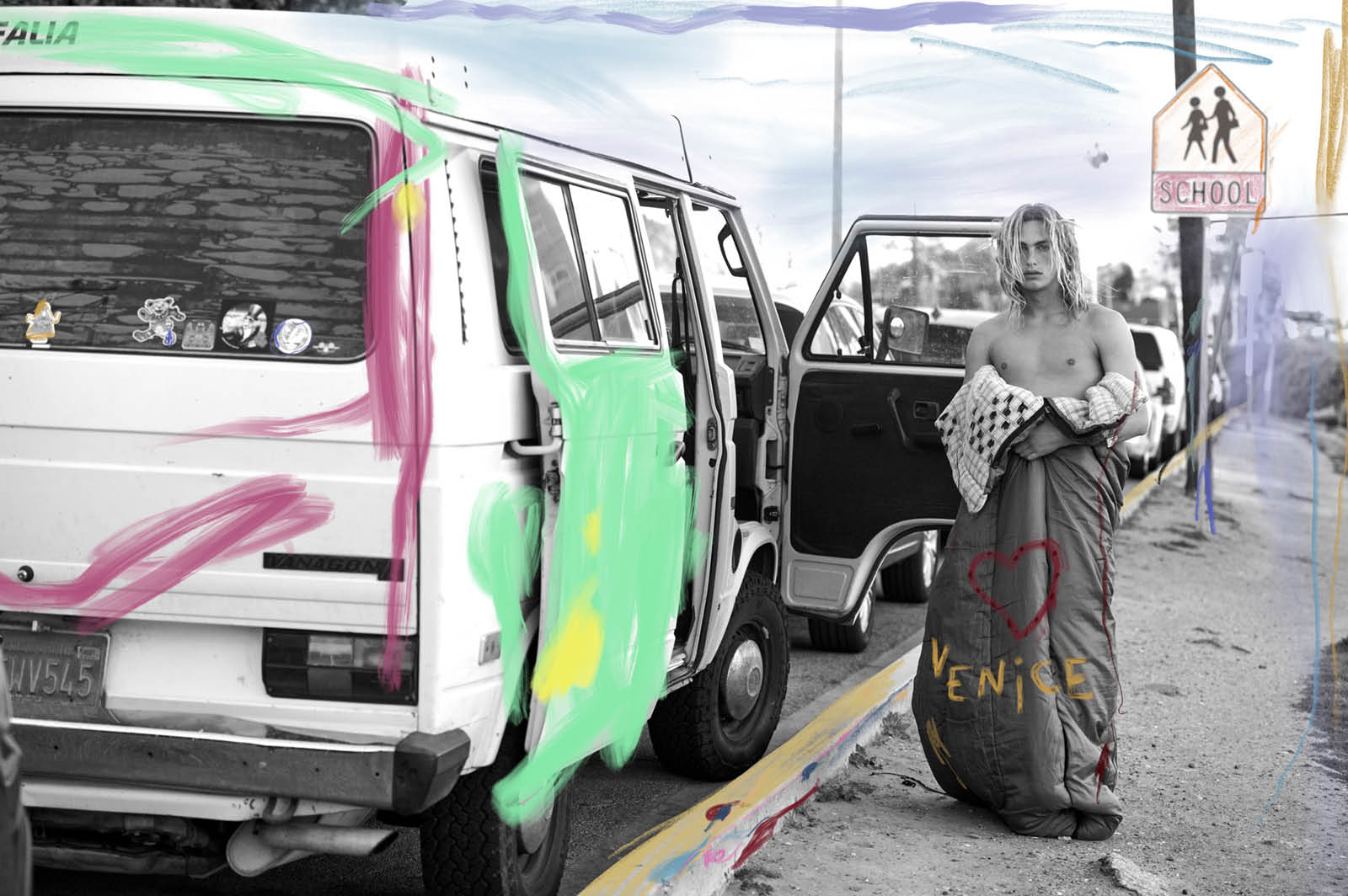
NEUEJOURNAL:
What was the inspiration for the coloring that you did on top of the images? Was that something you had done before?
MB
I started to get into that when I moved to Venice. I think that must have come from all the graffiti that I was seeing here. I saw Juan Bertoni’s [@bertonijuan] work on Instagram, I saw the way he was drawing on photographs and I was like, this is really cool and interesting and it reminds me of Venice somehow. I like the innocence and the playfulness of it. I messaged him and asked if he wanted to do something together, so he grabbed some of my pictures from Instagram and started drawing on them. I absolutely loved it. We started doing some fashion projects together — he added something to my work that was less classic and more playful, and I had been looking for that. There’s a bit of humor to his work too, and I thought that said “Venice” in such a cool way. If you’re going to take black-and-white pictures in Venice, it could look a little bit grim, but if you add color to that with his drawing it creates that happy vibe of Venice. I’m a big fan of his work.
NEUEJOURNAL:
What are your favorite places in Venice? Where do you like to go?
MB
Great White’s great. I’m always there. Or The Butcher’s Daughter. There’s a little yoga center I like to go to in Marina del Rey where I went to a sound bath last night. There’s a few little coffee shops around here that are great too.
